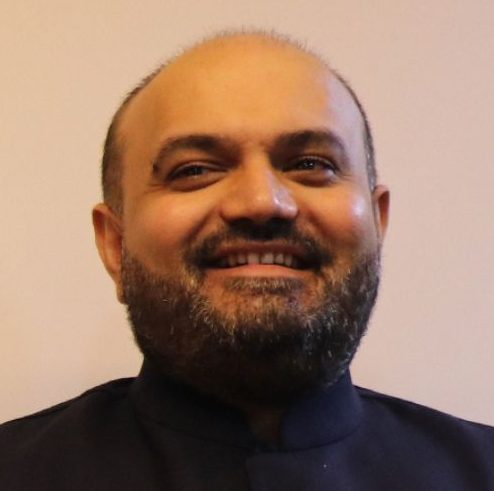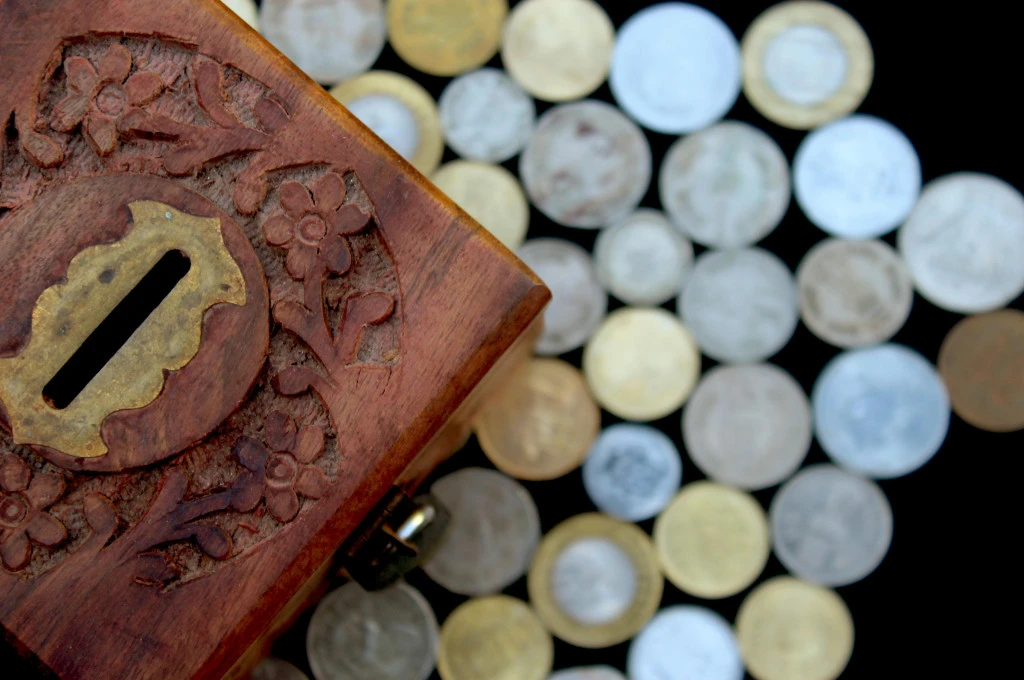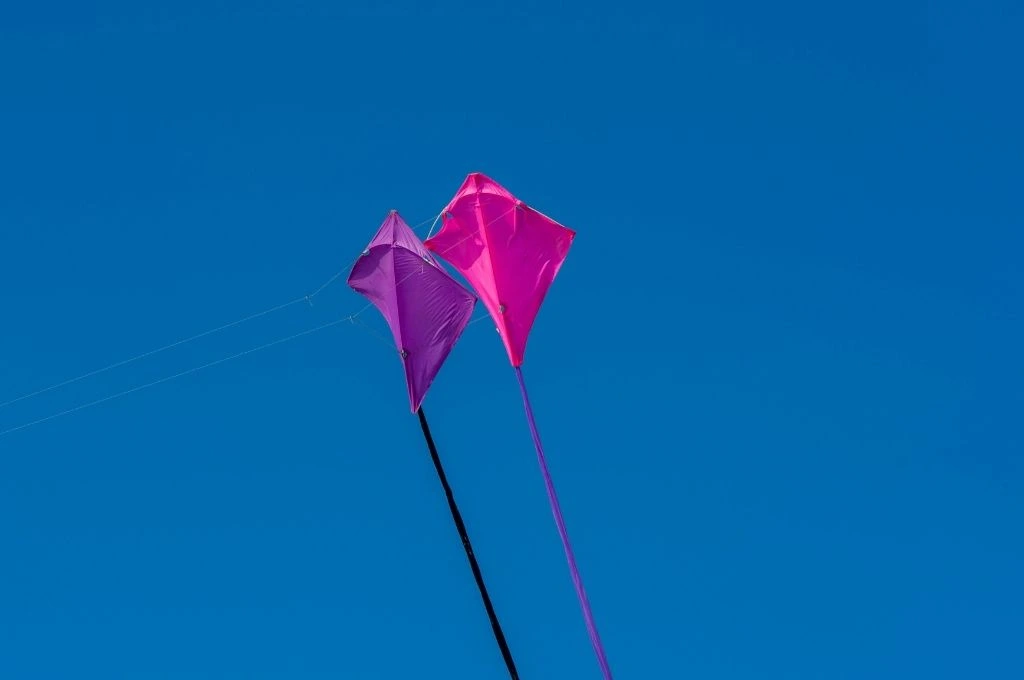There are several approaches to fundraising in the social sector. Organisations such as CRY, Akshaya Patra, Greenpeace, and UNICEF, have been the trailblazers of retail fundraising; there are new digital intermediaries, such as Milaap and Ketto; Magic Bus was one of the earliest organisations in India to adopt the fundraiser gala format; and organisations such as Dasra or Give India act as credible intermediaries for high-net-worth individuals (HNIs).
And then there are organisations like us, Educate Girls, who rely purely on institutional fundraising. This requires us to articulate our story and write compelling proposals for different kinds of institutional funders, such as foundations, trusts, venture philanthropies, corporates, and so on. Having such a focused fundraising strategy allows us to keep our costs low—we spend less than one percent of our annual budget on fundraising and have a fundraising team of five members.
Our annual budget, when we started 12 years back, was INR 15 lakhs, and we have doubled that every 15 to 18 months since then. For many nonprofits like ours, this kind of growth can present a challenge, because we have to not only retain the donors who are already funding us, but also keep finding new donors to meet the rapidly increasing budget. Thus, a successful fundraising strategy is vital, and such a strategy includes a winning proposal and the backing of a stellar team.
Related article: How to use your brand to achieve your goals
Ingredients of a winning proposal
Over the years, we have identified a number of key components that have gone into all our proposals that have converted into grants. In our experience, we have seen that a proposal should answer four questions.
The biggest requirement when we approach a new donor is to be very clear about the problem that we are trying to address. If you close your eyes, you should be to see the problem and the solution. We call it the ‘vision of success’.
Taking the example of Educate Girls, when we close our eyes, we see a little girl who wakes up at 5 AM, goes to fetch water, does all the household chores. She does not go to school. She is married early, and because she is married early, she has children early. She is not educated, and so her children are less likely to go to school. Hence, the inter-generational cycle of illiteracy and poverty perpetuates. Our vision of success is also very clear: This girl is in school, she stays in school, makes friends, has a network of support around her, and learns to read and write.
We must ask ourselves: Will a 10- or 12-year-old child be able to understand what the organisation does?
When articulating the problem, we must ask ourselves: Will a 10- or 12-year-old child be able to understand what the organisation does? As a sector, we tend to use too much jargon, which can get confusing for people. Clarity and simplicity are key.
The second part of this is to make a strong case for why solving this problem is critical. It is important to articulate this at both an individual-level, and explain the wider impact. For girls’ education, we use facts such as: Educating girls helps to solve nine of the 17 sustainable development goals—from malnutrition, to child and maternal mortality, to livelihoods, to even fighting climate change. A strong case for us explains both, the individual right of a girl to be educated, and the multiplier effect on her family, the wider community, and even the national GDP. We also explain why the problem needs addressing and what the risk is of not intervening.
Once you have clarity on the problem and why it needs to be solved, the next step is to state what the organisation is doing to solve the problem. For us, we do everything from identifying the out-of-school girls in a village, enrolling them in school, ensuring that their school is ‘girl-friendly’ (for instance, having a separate toilet for them) and that the students are learning, and providing life-skills training to older girls.
Another important consideration is to build evidence for your model. Our last evaluation was a Randomised Controlled Trial (RCT) done by a third party, which is now what we show donors as proof that our model works.

A successful fundraising strategy includes a winning proposal and the backing of a stellar team. | Picture courtesy: Pixabay
Donors are likely to be reviewing multiple proposals that often address similar problems. It is important to explain—Why you? Why are you the right people or organisation to be solving this challenge? The core strengths of an organisation or programme can be its delivery on the ground, its leadership, its board, its use of technology, and so on. It is important to recognise your own strengths, be able to explain them, and invest and build on them. And of course, be able to bring them out clearly in the proposal.
Related article: Building a new channel for fundraising
Finally, putting all of the above together, define what the core idea of your proposal is. For Educate Girls, it looks something this:
We will take an evidence-, data- and tech-based model, which is rooted in the community, to solve the problem of out-of-school girls, by targeting the two Ps: poverty and patriarchy. Through advanced analytics, we will identify five percent of the villages in India that are the most marginalised and have 40 percent of the out-of-school girls’ population, and scale our model there.
Before applying to a donor, it is important to know the kind of projects they have funded, the size and tenure of funding, and so on.
Apart from the steps mentioned here, we cannot stress the importance of research enough, in putting together a winning proposal. Before applying to a potential donor, it is important to know their history, the kind of projects they have funded, the size and tenure of funding, and their geographical and sectoral preferences. Some donors may be grounded in rights-based approaches, while others may be far more interested in the knock-on effect your programme might have on economic development, and yet others may have a systems-change lens. It is critical to know this and tailor your proposal accordingly.
Having done that research, you can now try and find donors that are aligned to your vision of success and your core purpose. One reason this approach has worked for us is that our current donors often introduce us to new donors that are aligned with our mission.
Beyond proposals: The backing of a stellar team
A fundraising exercise is not just about writing a good proposal, different members in the organisation have a role to play as well. Here are some lessons from our experience:
We have a five-member fundraising team that takes care of everything, from writing proposals, to research, to negotiating, to collecting data from different stakeholders. However, no matter how systematic or process-driven an organisation makes its fundraising, it is important to lean on the founder(s) from time to time.
Founders can do a good job of conveying the vision of the organisation, and funders often connect with and get convinced by founders. As an estimate, our founder spends about 25 percent of her time on fundraising—whether on speaking to funders or foundation heads, or presenting to the board of the funders. Also, because many of our funders are multi-year, we have deep relationships with them, and the founder has a role in actively nurturing those relationships.
We always prefer warm introductions to a donor, rather than sending in a proposal and waiting for a call back. We rely on our board, our advisory council, and our existing donors to help us access an organisation—not necessarily to put in a good word, but even to discuss an idea we may have regarding our fundraising efforts.
Related article: Your board is only as good as you want it to be
This is where the role of the board becomes really important, which at Educate Girls often entails taking an active role in fundraising, whether by making warm introductions, or helping us with due diligence calls and answering questions by donors. It is important that when building a board, the fundraising expectation is made clear. You may not want donors on your board but you will need a balance of people who lend credibility through their experience (whether academic, government, finance, or something else); who can open up networks to potential donors; and who are confident to advocate on your behalf. Even if they do not have their own networks, they must have a passion for the cause, a depth of knowledge about the organisation, and a seniority that brings with it influence.
We always lean towards mission alignment—somebody who is passionate about your mission, who can communicate with passion, and is a relationship builder and a people’s person. You want someone who can do the pitching, front-ending, and building logical arguments. The rest of it is English; you’ll always find somebody to write good English. What is important is to be authentic to your mission and to the impact that you are chasing—the polishing of the language and the charts and graphs will come along the way.
At the end of the day, fundraising is about your work and how you are bringing a change in the world. A great strategy and fundraising team will still struggle to get funded, if the programme is not creating enough impact on the ground. At the same time, however, impactful work can get overlooked without the right approach to fundraising or a clear vision of success.
At charcha 2020, Maharshi and Safeena spoke about how a social impact idea can be made a winning proposal.
—
Know more
- Read the guidelines that social change leaders can follow to attract ‘big bet’ investments from donors.
- Explore this workbook of tools, strategies, best practices, exercises, references, and other resources for fundraising by nonprofits.
- Understand the eight steps that nonprofits can follow for successful fundraising during the COVID-19 pandemic.
Do more
- Watch this webinar by the Indian Leaders for Social Sector on relationship fundraising in the times of COVID-19.






